The Science Behind Asteroid Impacts: An Introduction
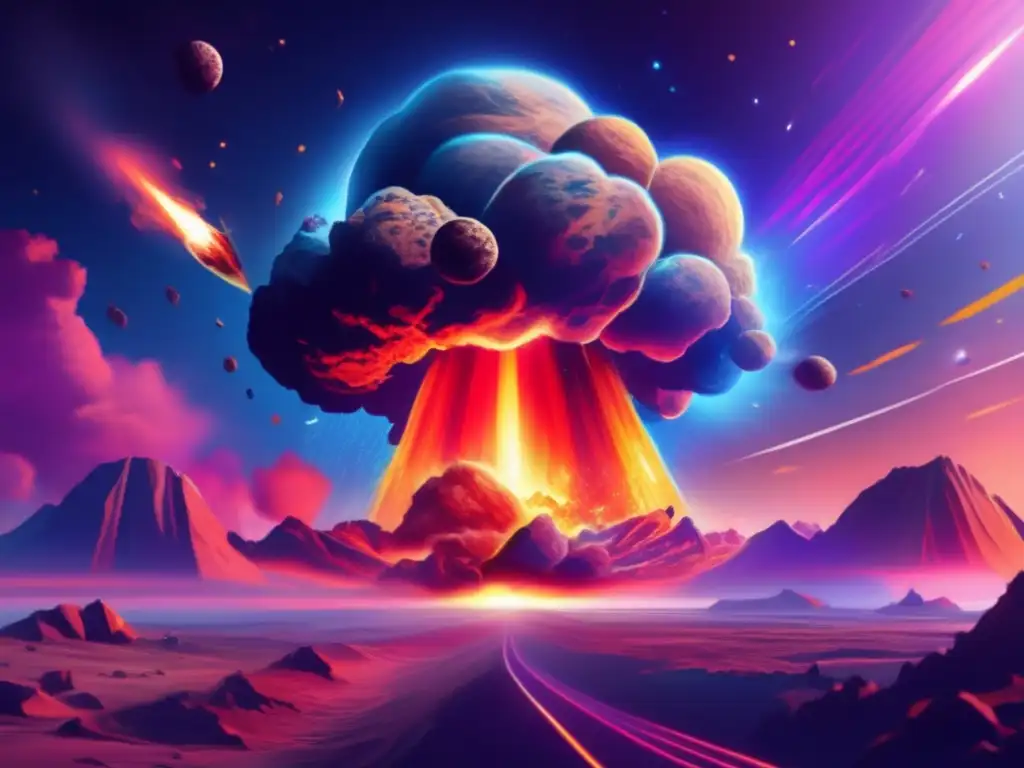
Introduction
Asteroids are some of the most fascinating celestial objects in our Solar System. They have been studied and admired by scientists and enthusiasts alike for decades, as their unique properties have contributed to our understanding of the universe we live in. However, while asteroids can be beautiful and awe-inspiring, they can also pose a serious threat to life on Earth. This article will explore the science behind asteroid impacts and their potential consequences, as well as the technologies we use to monitor and mitigate these risks.
Asteroid Impacts: A Historical Perspective
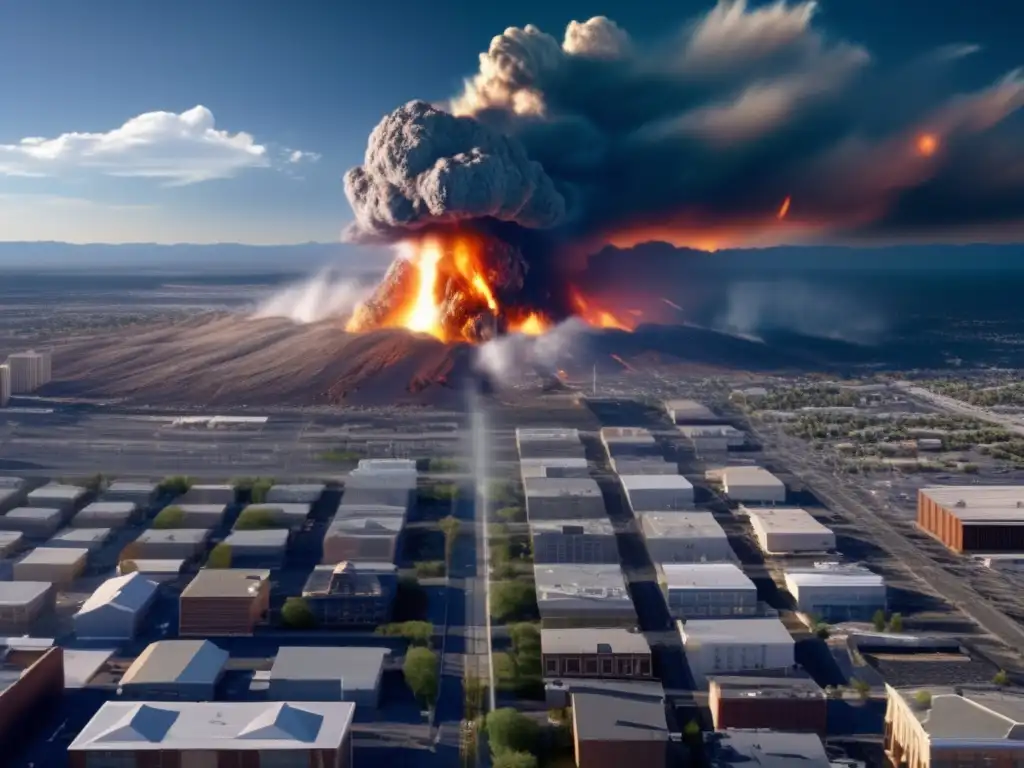
The Tunguska Event
In 1908, a massive explosion occurred over Tunguska, Siberia, which flattened over 2000 square kilometers of forest. The event was caused by a meteoroid that exploded in the atmosphere above the region. The blast released energy equivalent to 10-15 megatons of TNT, making it one of the most powerful natural explosions in recorded history. While no human lives were lost in the event, it served as a reminder of the destructive power of asteroid impacts and sparked renewed interest in studying these objects.
The Chicxulub Impact
The Chicxulub Impact is widely believed to have contributed to the extinction of the dinosaurs at the end of the Cretaceous period, around 66 million years ago. The impact was caused by a massive asteroid approximately 10-15 kilometers in diameter striking the coast of what is now Mexico. The energy released by the impact was equivalent to several billion Hiroshima-sized atomic bombs, causing widespread destruction and creating a cloud of debris that blocked out the sun and led to global cooling.
The Importance of Studying Asteroid Impacts
The study of asteroid impacts is important for a variety of reasons. For one, it can help us understand the origins and evolution of our Solar System. It can also help us assess the risks associated with near-Earth objects and develop strategies to mitigate those risks. Additionally, the study of asteroid impacts can provide insights into the geological history of our planet and the role that asteroid impacts have played in shaping its surface.
Asteroid Impacts: The Science
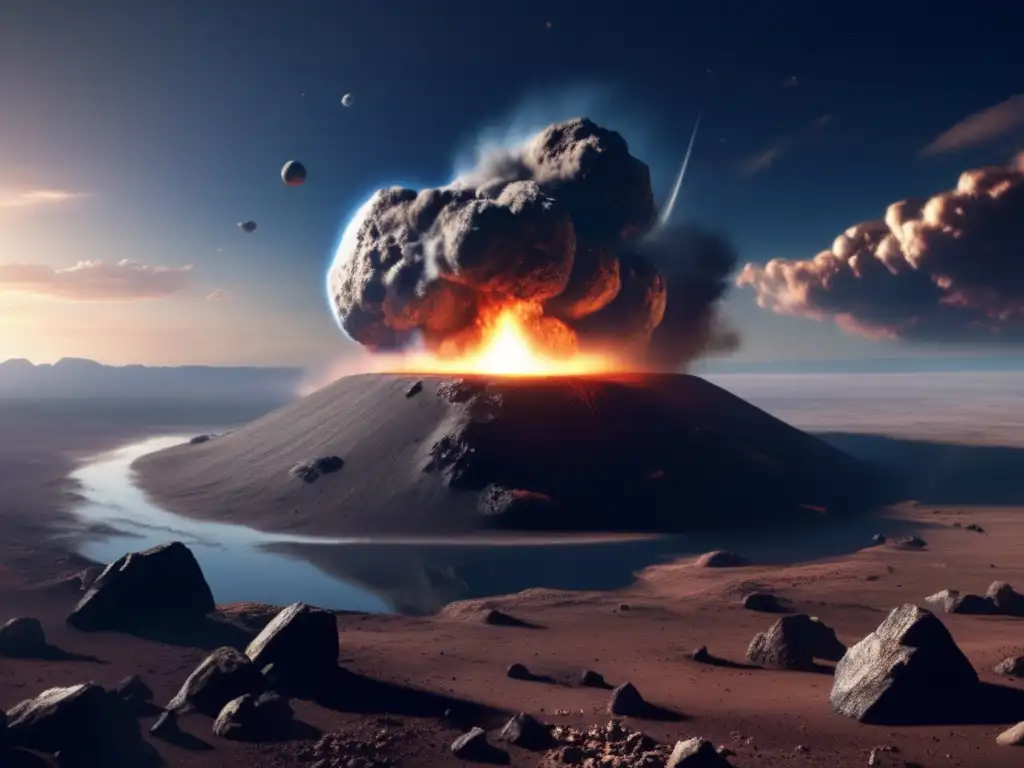
What Happens When an Asteroid Strikes?
When an asteroid strikes the Earth, it can cause widespread damage and destruction. The size of the asteroid, its speed, and the angle of impact all play a role in determining the effects of the impact. Smaller asteroids may explode in the atmosphere, causing little or no damage on the ground. Larger asteroids, however, can create massive craters and trigger tsunamis that can devastate coastal areas.
Monitoring Asteroids
One of the key strategies for mitigating the risks associated with asteroid impacts is monitoring near-Earth objects (NEOs) and identifying potentially hazardous asteroids. Technologies such as ground-based telescopes, radar systems, and space-based observatories are used to detect and track NEOs, providing valuable data on their orbits, sizes, and compositions. This information can be used to determine the likelihood of an impact and develop plans for mitigating the risks.
Mitigating the Risks
If an asteroid is detected early enough, there are a number of strategies that can be employed to mitigate the risks of an impact. These include deflecting the asteroid with a spacecraft, disrupting the asteroid's trajectory with a nuclear explosion, and using a gravity tractor to gradually pull the asteroid off course. These technologies are still in the experimental stage, but they hold promise for protecting the Earth from potentially hazardous asteroids in the future.
Frequently Asked Questions

-
What is the likelihood of an asteroid impact?
The likelihood of an asteroid impact is relatively low, but it is not zero. There are thousands of NEOs in our Solar System, and while most of them are small and pose no threat, a few dozen could potentially pose a risk to the Earth.
-
What would happen if a large asteroid struck the Earth?
If a large asteroid struck the Earth, it could cause widespread devastation and loss of life. The exact effects would depend on a number of factors, such as the size and speed of the asteroid, and the angle of impact.
-
How do scientists monitor near-Earth objects?
Scientists use a variety of technologies to monitor near-Earth objects, including ground-based telescopes, radar systems, and space-based observatories. These technologies provide valuable data on the orbits, sizes, and compositions of NEOs, which can be used to assess the risks associated with these objects.
-
What can be done to mitigate the risks of an asteroid impact?
If an asteroid is detected early enough, there are a number of strategies that can be employed to mitigate the risks of an impact. These include deflecting the asteroid with a spacecraft, disrupting the asteroid's trajectory with a nuclear explosion, and using a gravity tractor to gradually pull the asteroid off course.
-
How likely is it that an asteroid will hit the Earth in the near future?
The likelihood of an asteroid impact in the near future is relatively low. However, it is important to continue monitoring near-Earth objects and developing strategies for mitigating the risks associated with these objects.
Conclusion
Asteroid impacts may seem like a distant possibility, but they are a very real threat to life on Earth. By studying these objects and developing technologies to monitor and mitigate their risks, we can better understand our place in the universe and protect ourselves against potential dangers. While there is still much to learn about asteroids and their impacts, the science behind these phenomena offers tantalizing insights into the workings of our Solar System and the broader universe.
Thank you for reading this article on www.asteroidrealm.com. If you have any questions or comments, please feel free to leave them in the comments section below. We encourage you to subscribe to our site for more articles about asteroids and other celestial objects.
Additional Resources
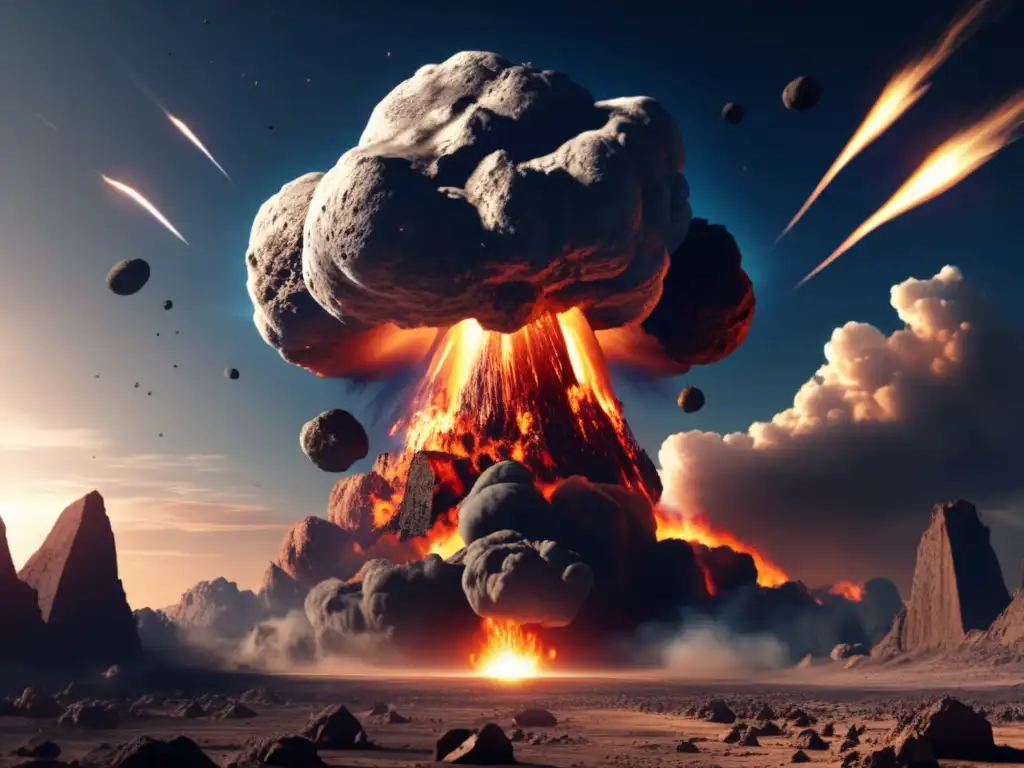
For more information about asteroid impacts and related topics, we recommend the following resources:
- NASA's Near-Earth Object Program: https://www.nasa.gov/planetarydefense/overview
- The B612 Foundation: https://b612foundation.org/
- The Planetary Society: https://www.planetary.org/
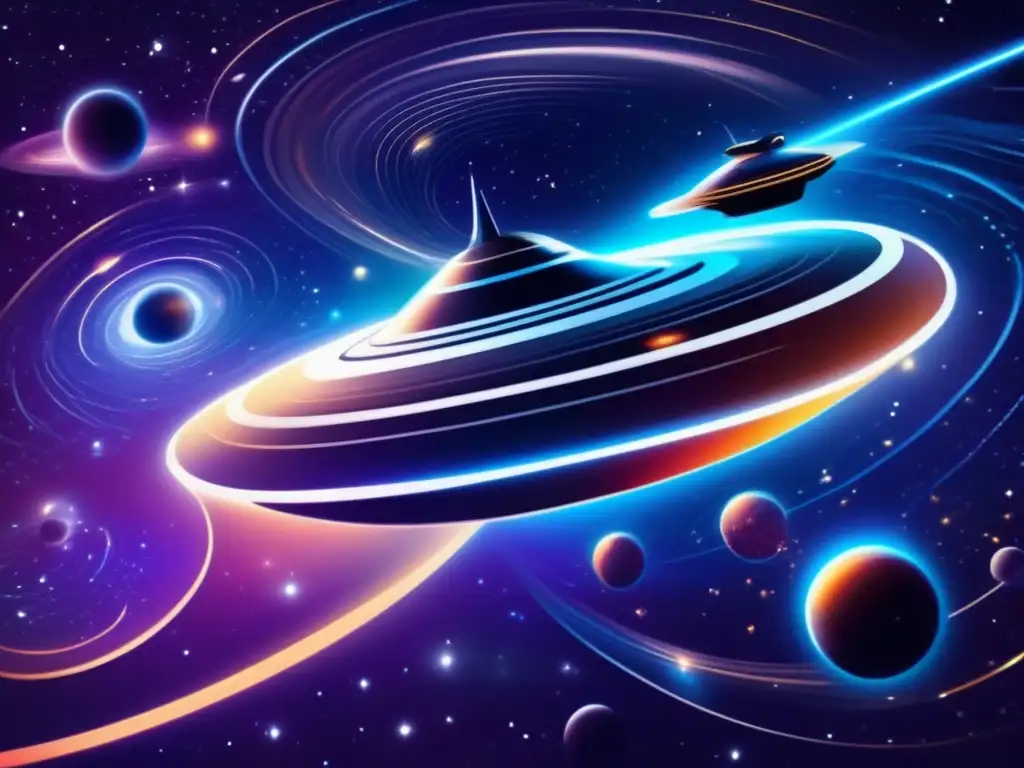 A History Of Known Asteroid Impacts On Earth
A History Of Known Asteroid Impacts On Earth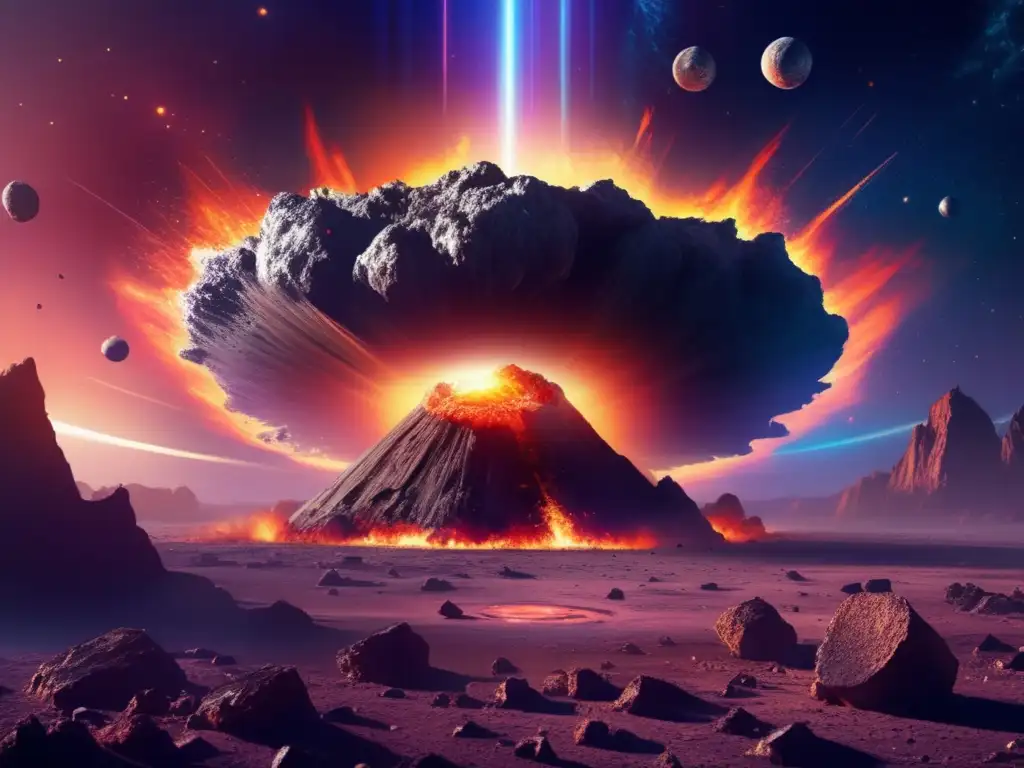 Impact Craters: A Study Of Asteroid Strikes
Impact Craters: A Study Of Asteroid Strikes The Role Of Asteroids In Earth's Geological History
The Role Of Asteroids In Earth's Geological HistoryIf you want to discover more articles similar to The Science Behind Asteroid Impacts: An Introduction, you can visit the Asteroid Impacts category.
Leave a Reply

Articulos relacionados: